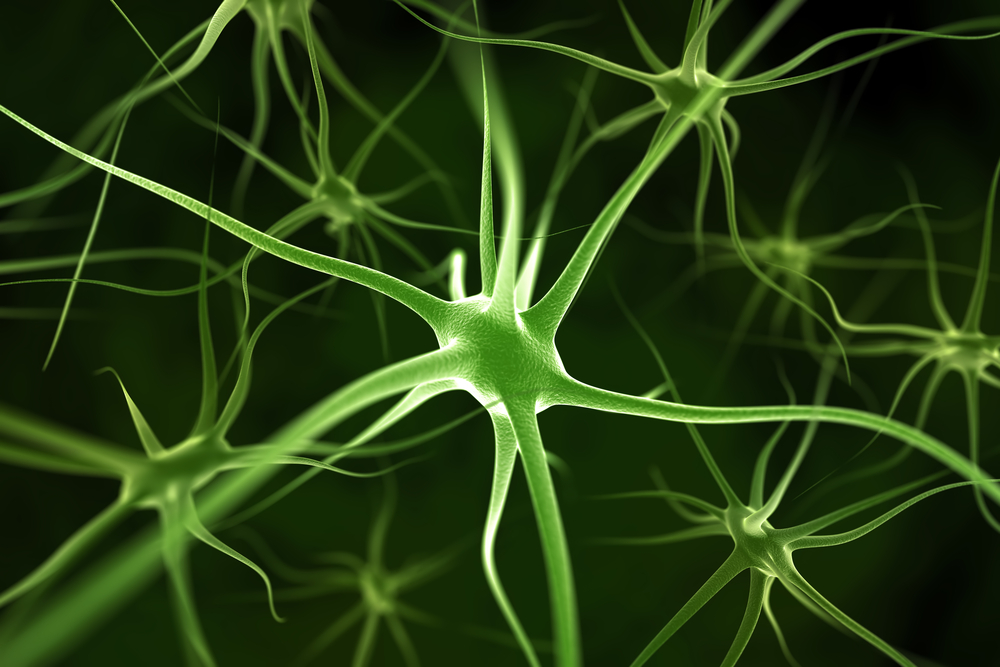Drug Discovery
In order to discover a therapeutic that promotes neurogenesis, Neuronascent’s scientists initially concluded that two essential criteria of a central nervous system (CNS) drug are: a small-molecule that can easily cross into the brain from the blood stream and a molecule that is orally administered. The former requirement stems from the fact that the blood vessels in the brain are surrounded by a “blood-brain barrier” which protects the brain from blood borne diseases and pathogens. The latter requirement is imposed to make the resulting drug easy to administer. Other criteria, allowing for the successful commercial development of a drug, include requirements for novelty of both molecular structure and the biochemical mechanism-of-action.
To implement the chosen strategy, Neuronascent licensed several focused small-molecule synthetic libraries whose content molecules fit all the above criteria, from a commercial medicinal chemistry vendor. These libraries of chemicals were then screened by Neuronascent for their ability to promote proliferation of human neuronal progenitor cells and to promote differentiation into mature neurons in a dose dependent manner. Such “screens” consist of specially designed cell-culture experiments utilizing quantitative measurements of fluorescent brain cell markers. For molecules that were effective or efficacious, an optimization process was then implemented, by which minor changes in the chemical structure of the selected molecule was implemented and the resulting new compound tested for improved ability and potency in cell culture.
A secondary screen, again using cell-culture techniques was employed at Neuronascent to determine if these agents are neuroprotective in addition to being neurogenic. Having this effective combination could allow a molecule to be specific for one indication over another. An example might be inhibition of neurodegeneration due to beta amyloid peptide that might suggest that an effective neuroprotective molecule would be an ideal Alzheimer’s disease therapeutic.
 Optimized agents were then tested for safety and for efficacy in models of central nervous system (CNS) disease and disorders. The later models confirm that an optimized molecule would indeed be suitable as a therapeutic for a specific disease. After all these steps are successfully accomplished the development phase begins, moving the optimized therapeutic candidate toward the clinic and human testing.
Optimized agents were then tested for safety and for efficacy in models of central nervous system (CNS) disease and disorders. The later models confirm that an optimized molecule would indeed be suitable as a therapeutic for a specific disease. After all these steps are successfully accomplished the development phase begins, moving the optimized therapeutic candidate toward the clinic and human testing.
